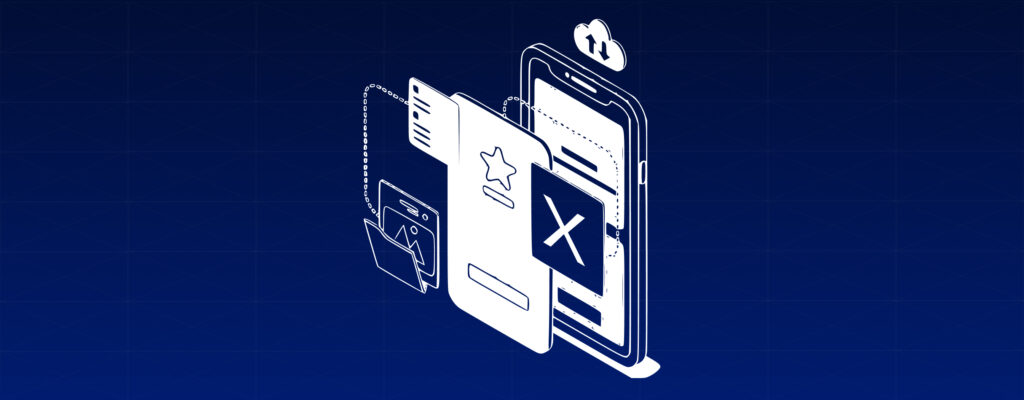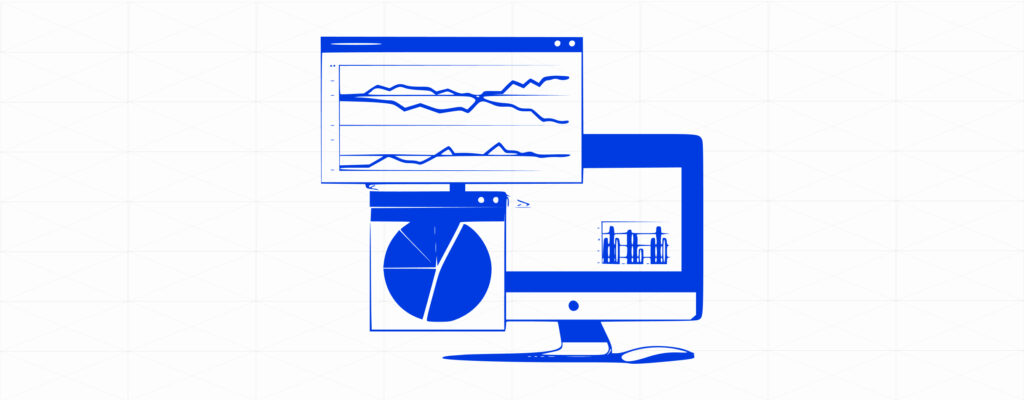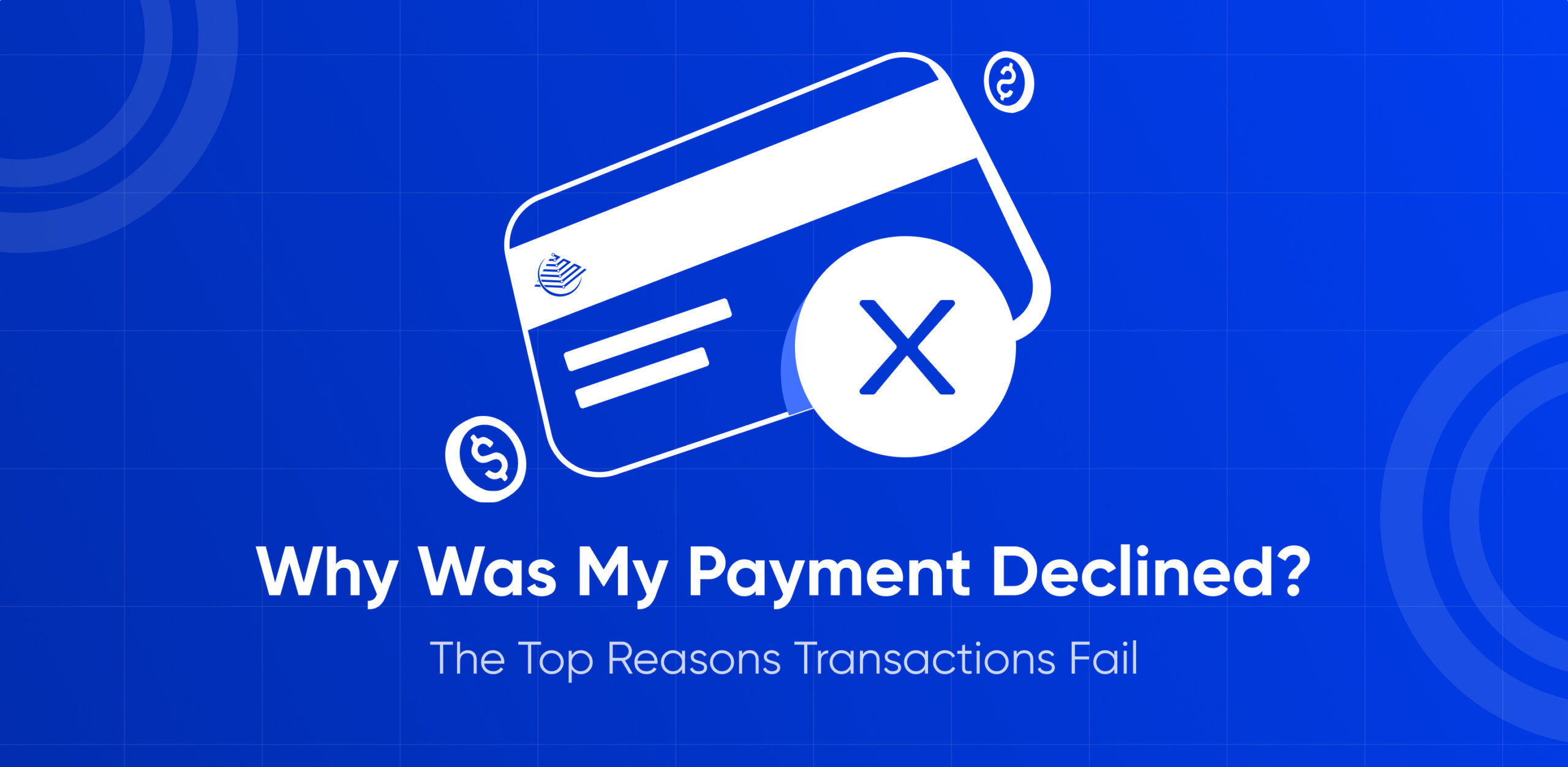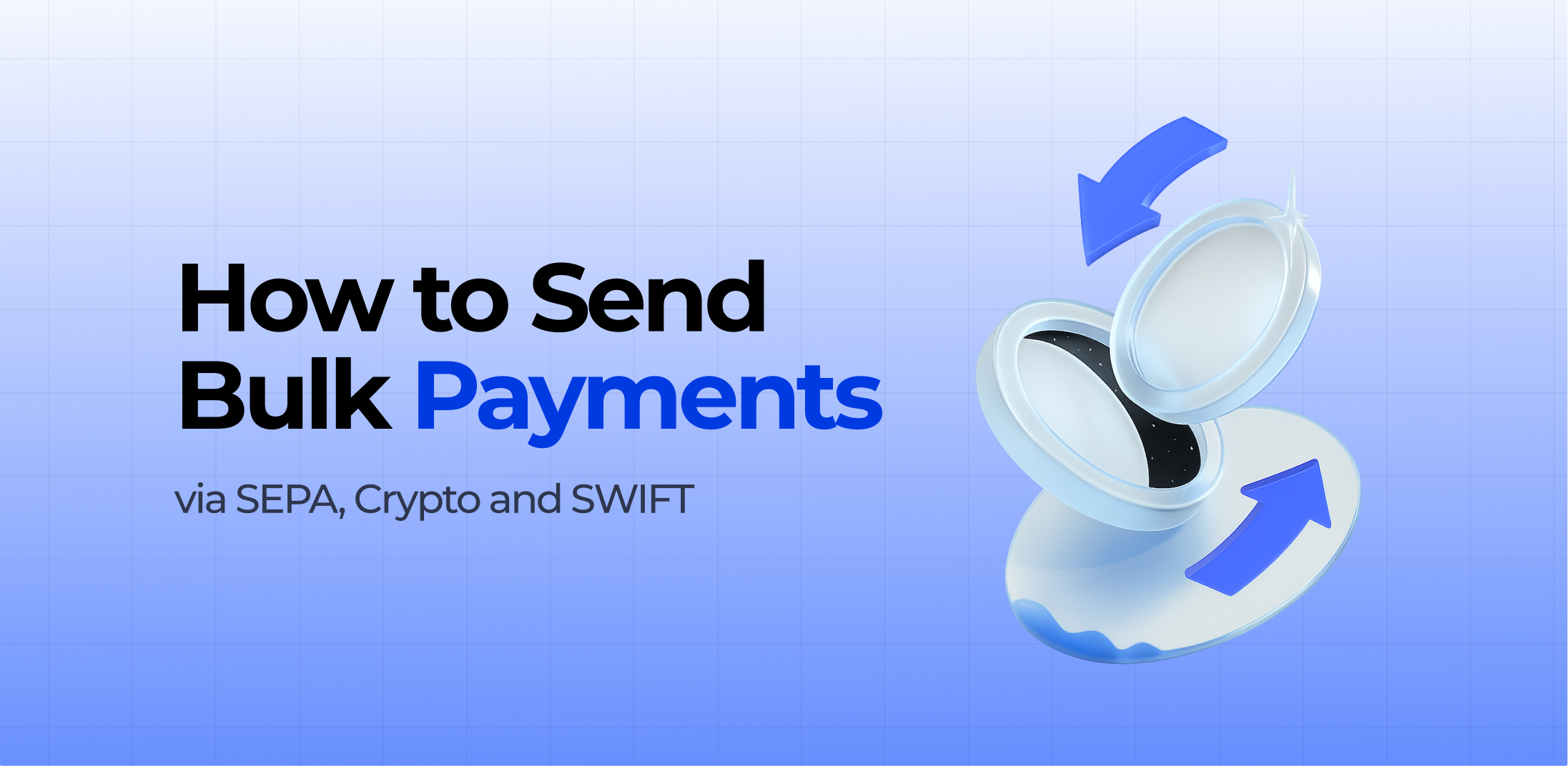The world is constantly evolving, and the field of payments is no exception. Online transactions have become both convenient and commonplace recently. But, what if your payment is declined? What could be the cause? What should I do in this situation? Let’s find out with the experts from the PaySaxas team.
The Top Reasons Transactions Fail
When a transaction fails, it can be both annoying and inconvenient. To reduce these disruptions and maintain a seamless experience, it’s important to understand the reasons behind transaction failures.
Whether it’s due to insufficient funds or technical issues, various factors can cause an unsuccessful transaction. In the next section, we’ll discuss the main causes of declined payments and offer tips on how to resolve them efficiently.
Insufficient Funds
Insufficient funds are the primary reason for unsuccessful transactions in financial systems. When an account does not have enough balance to cover a transaction, the payment fails, causing inconvenience to both customers and businesses. This situation can arise due to improper financial planning, unforeseen expenses, or delays in receiving funds.
The frequency of insufficient funds underscores the need for consistent account oversight, setting up notifications, and practicing sound financial habits. Tackling this common issue is essential for preventing interruptions in both individual finances and business activities.
Incorrect Payment Details

Incorrect payment details are a significant factor behind unsuccessful transactions in financial systems. Simple mistakes, such as entering the wrong credit card number, using an expired card, or providing an incorrect billing address, can block payments from being completed. These errors not only slow down transactions but can also cause frustration for both buyers and sellers.
Double-checking payment information is essential to ensure transactions go through smoothly. Businesses can help minimize these errors by designing easy-to-use payment forms and offering clear guidance to assist customers in avoiding frequent mistakes.
Card Issues
Declined card online problems are a leading cause of unsuccessful transactions, particularly when processing credit cards online. A card not working can be due to several reasons, such as hitting the credit limit, an expired card, or an account being blocked. A declined card can create frustration for both customers and businesses, interrupting the payment process credit cards online and causing potential sales to be lost.
To minimize these issues when the card not working, it’s important for cardholders to keep their cards current and in good standing. The businesses should focus on clear communication during the checkout process to prevent these unsuccessful transactions.
Fraud Prevention
Fraud prevention strategies are a key reason for unsuccessful transactions, as they aim to safeguard both consumers and businesses from fraudulent activities. When fraud detection systems are triggered, transactions may be flagged or declined, even if they are legitimate. This can happen due to factors like irregular spending habits, transactions from unknown locations, or inconsistencies in billing information.
Although these protections are vital for preventing fraud and rejected credit card issues. They can also result in failed transactions and customer frustration. Striking a balance between strong security and a seamless customer experience is crucial, ensuring that fraud prevention measures do not disrupt valid transactions unnecessarily.
Merchant Errors
Merchant errors are a major cause of transaction failures, frequently resulting from errors in payment processing or mishandling customer information. These mistakes might involve incorrect data entry, obsolete payment systems, or problems with inventory and pricing accuracy.
Such errors can cause payments to be declined, create delays, and leave customers frustrated. To minimize failures, businesses must prioritize accurate transaction management and keep their payment systems up to date. By proactively addressing these issues, merchants can enhance customer satisfaction and decrease the risk of losing sales due to transaction complications.
Daily Transaction Limits
Daily limits often lead to transaction failures, especially when individuals or businesses exceed the maximum amount permitted by their financial institutions. These limits are established to enhance security and control risk but can inadvertently cause disruptions if not carefully monitored. Transactions that exceed the daily limit are generally declined, resulting in frustration and potential delays.
To prevent these issues, it’s crucial to manage daily limits effectively by either adjusting them with your financial institution or strategically planning payments to remain within the set limits. This proactive management helps facilitate smoother transactions and reduces the likelihood of disruptions.
Currency Issues

Currency-related issues are a key factor in payment failures, especially during international or cross-border transactions. Problems can arise from discrepancies in exchange rates, unsupported currencies, or errors in currency selection, often leading to declined payments. Such issues frequently occur when a funds sending involves a currency not supported by the payment system or when there are inconsistencies in currency conversion.
To address these challenges, it’s crucial to ensure that payment systems support all necessary currencies and that accurate conversion rates are used. Additionally, businesses should clearly outline currency options and conversion policies to customers, helping to minimize payment failures caused by currency issues.
Unrecognized Payment Method
Unrecognized payment methods frequently lead to payment failures, especially when the payment option isn’t supported by the merchant’s processing system. This issue can arise with newer, less common payment methods, outdated technology, or system incompatibilities. When a payment method isn’t recognized, funds transfers are often rejected, causing frustration for both customers and merchants.
To mitigate these problems, merchants should keep their payment systems updated to support various payment methods and adapt to new technologies. Additionally, clearly informing customers about accepted payment options can help prevent disruptions and facilitate a smoother transaction process.
Regular Account Monitoring
Regularly monitoring your online account is essential for pinpointing the reasons behind declined payments. By consistently reviewing your account statements and history, you can swiftly detect problems such as insufficient funds, unexpected fees, or unauthorized charges that might result in payment failures.
Staying vigilant with account monitoring ensures you remain informed about your financial situation and can tackle any issues before they affect your money movements. This proactive approach helps you manage your finances more effectively, prevent unexpected disruptions, and promptly address any issues that could lead to payment declined.
Keeping Payment Information Current
Maintaining up-to-date payment information is essential for avoiding payment declines. Outdated or incorrect details, such as an expired credit card or changes in billing address, can result in failed payments. Regularly reviewing and updating your payment information ensures accuracy and reduces the likelihood of payment rejections.
This proactive approach helps prevent issues like card denials due to expiration or address discrepancies. By keeping your payment details current, you can ensure smoother transactions and minimize disruptions caused by outdated or incorrect information.
Communicating with Financial Institutions

Reaching out to your financial institution is essential for resolving payment declined. When a transfer fails, contacting your bank, payment or credit card provider can shed light on the reasons behind the rejection and offer guidance on how to resolve the issue. They can provide insights into account holds, card restrictions, or other factors affecting the movement.
By proactively engaging with your financial institution, you can quickly address problems, such as updating your payment information or adjusting transaction limits, to ensure smoother future transactions. Clear and prompt communication with your bank or payment services provider helps you stay informed and manage your account effectively, minimizing the risk of declined payments.
What to do if your Payment was Declined
If your payment is declined, you can take a few steps to address the issue. Begin by ensuring that all payment information is accurately entered and that your credit card details are current. If the transaction is declined, contact your bank, payment or credit card issuer to check if there are any issues with your account or if stopping credit card payments is necessary.
Your bank or payment provider can offer valuable information about why the payment was declined and suggest ways to fix the issue. It’s also important to check that your account has enough funds and that your card is neither expired nor blocked. By following these steps, you can efficiently address problems and finalize your payment successfully.
Conclusion
Knowing why your declined transaction occurs avoids future money movement issues and ensures a more seamless financial experience. Various factors, including insufficient funds, incorrect payment details, fraud prevention measures, and currency-related problems, can lead to payment failures.
By understanding these common issues, such as problems with your card, daily funds spending limits, and unrecognized payment methods, you can take proactive measures to prevent them. Regularly checking your account, updating payment information, and staying in touch with your financial institution are key steps to address and resolve these issues. Staying well-informed and prepared will help you manage payment challenges effectively and ensure smoother money movements.








